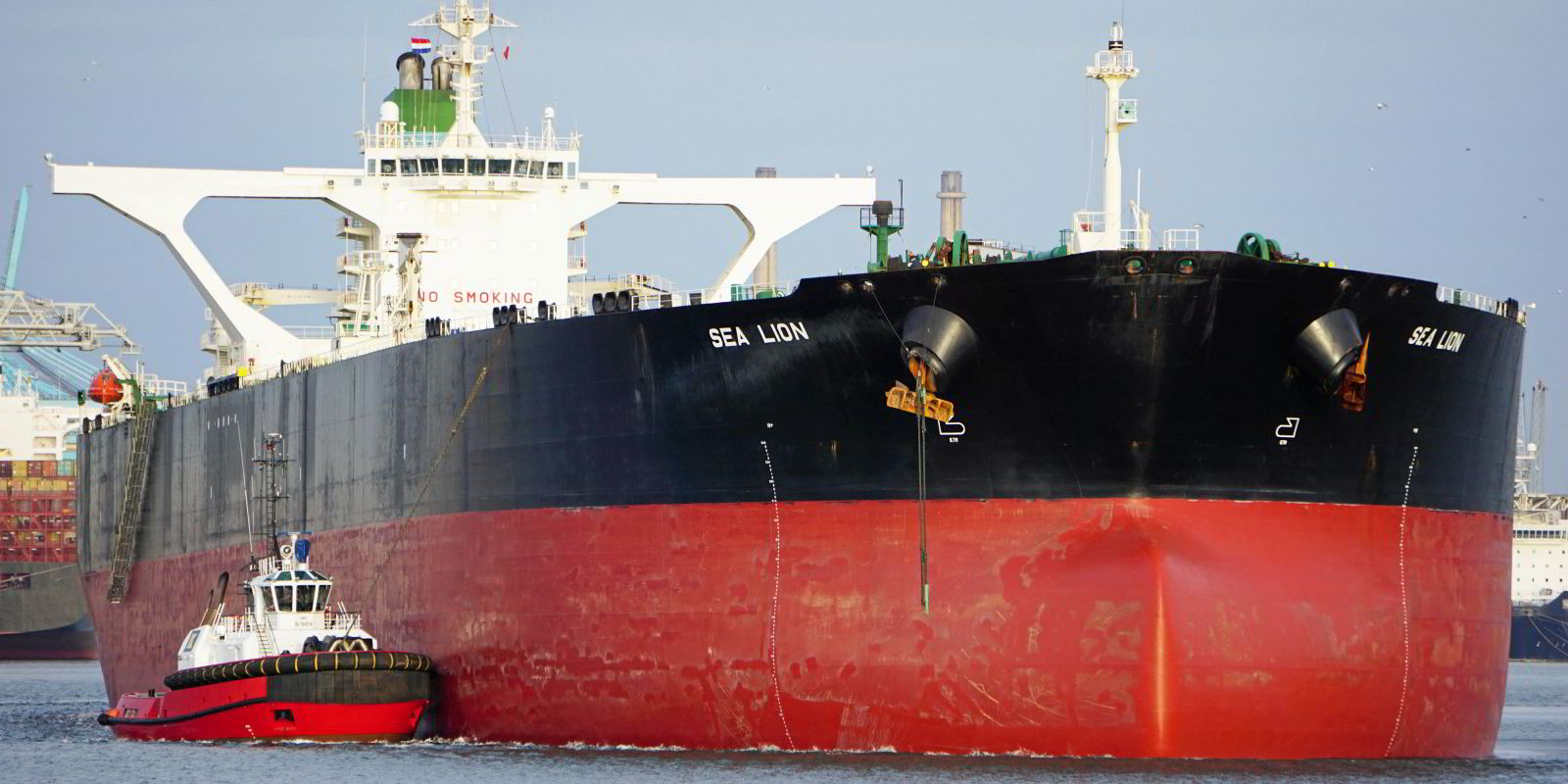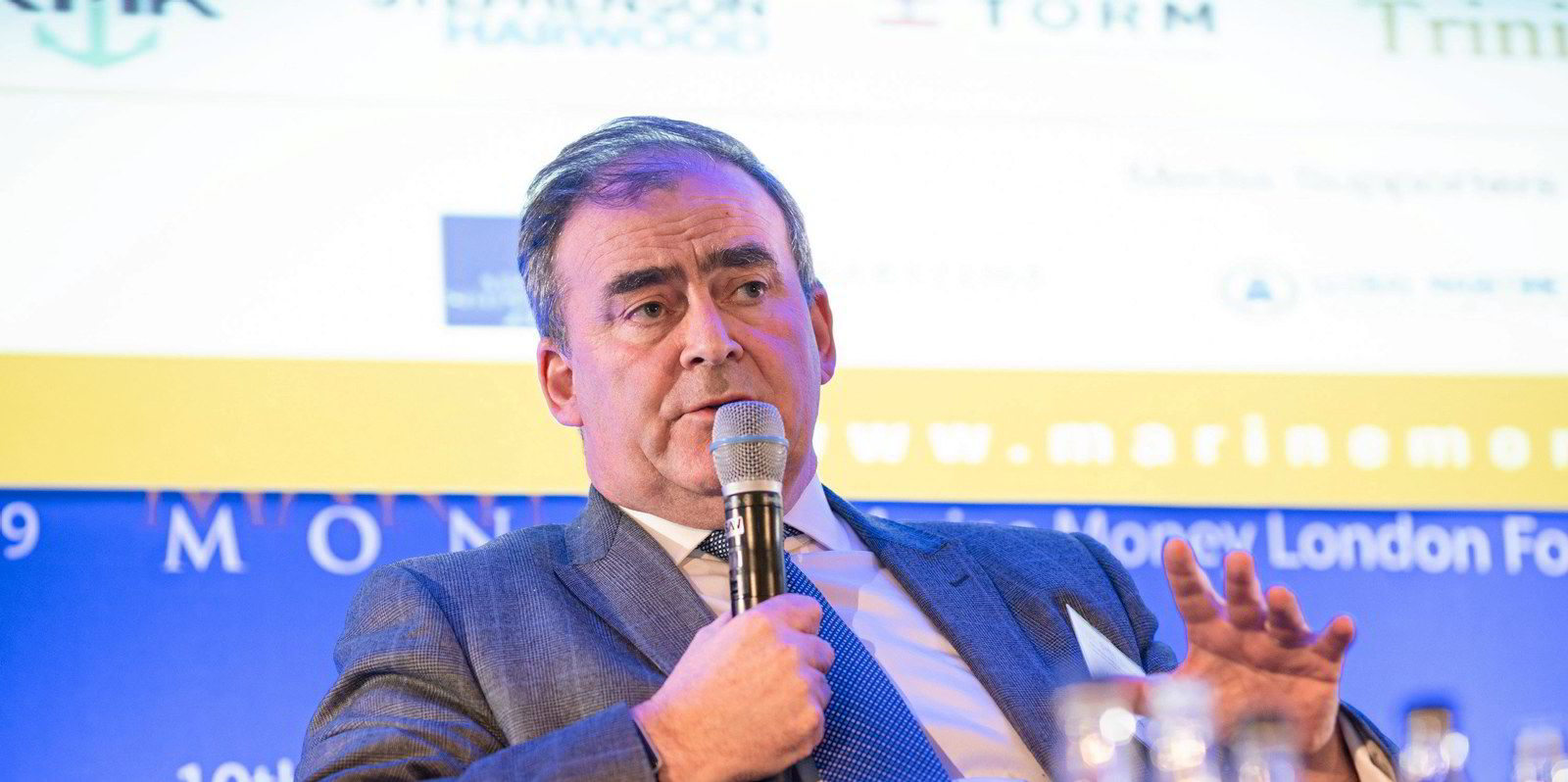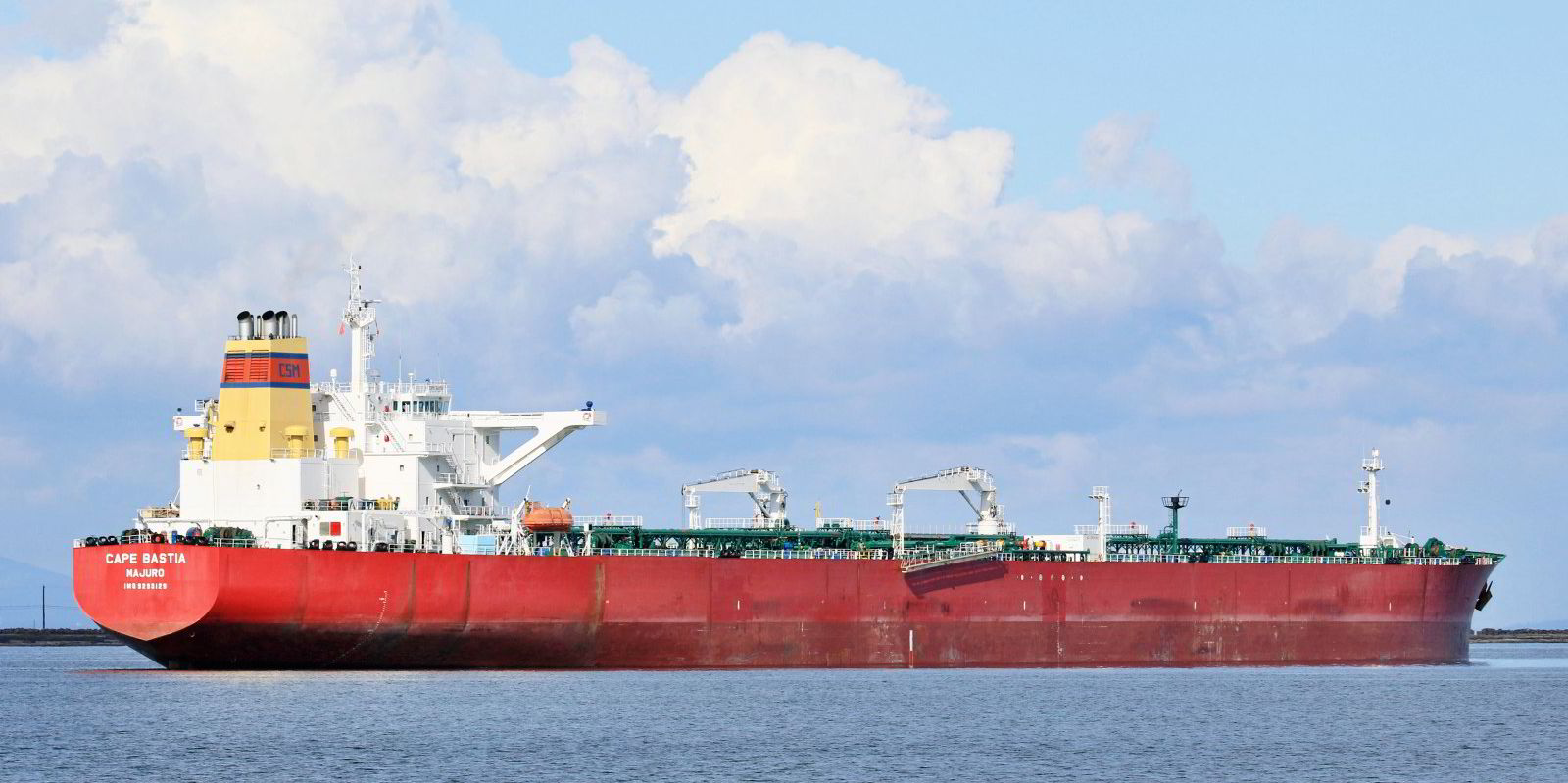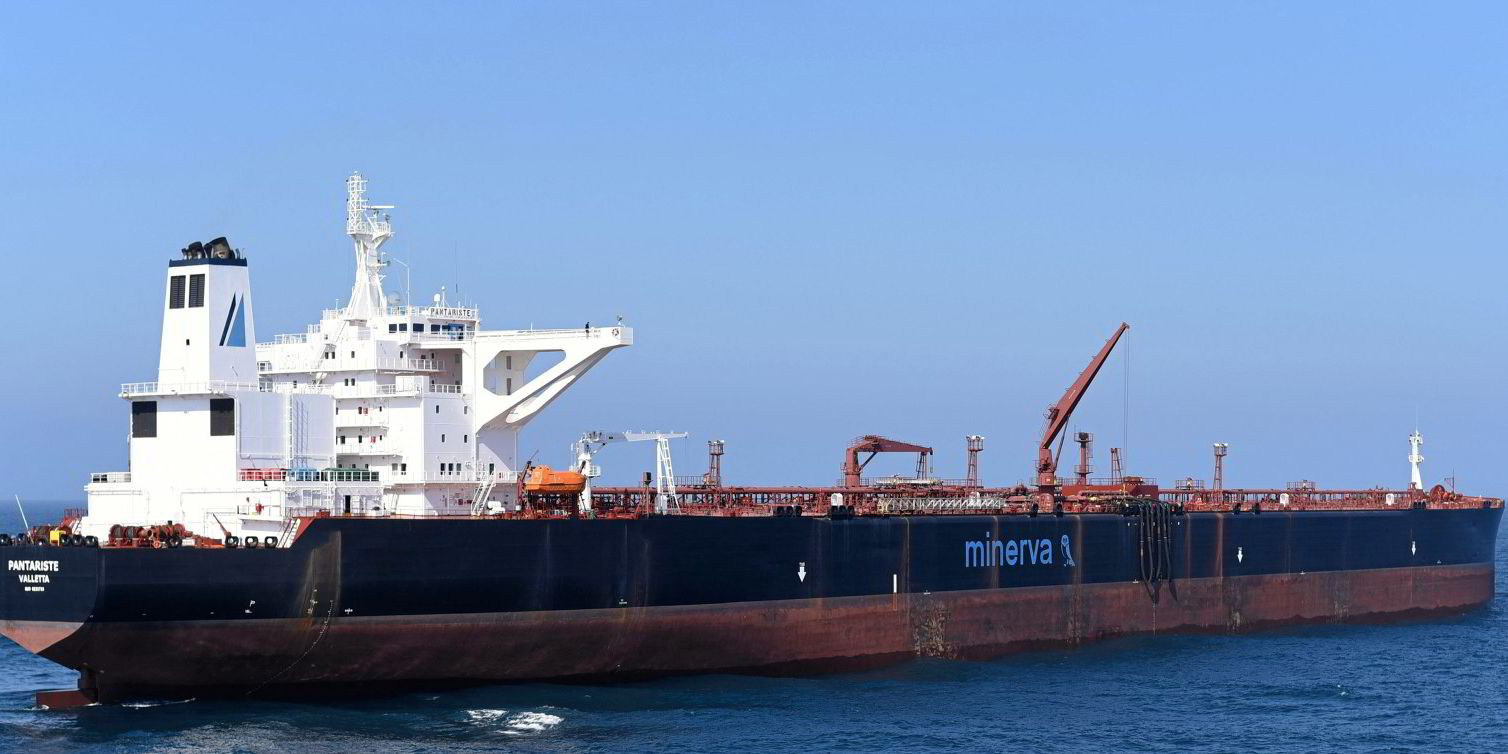New coronavirus lockdowns have prompted Norwegian investment bank Cleaves Securities to downgrade its outlook for tanker owners.
The company said renewed restrictions due to a surge in cases will have a "profound" effect on earnings and hit asset and share prices.
"Global oil supply will have to stay lower for longer in order to rebalance the market and draw down inventories," head of research Joakim Hannisdahl and equity research analyst Peter Michael Christensen said.
Fleet utilisation is predicted to be 77.4% in 2021, against 76% in the final three months of 2020.
VLCC earnings could average $13,000 per day this year, and $26,000 next year, Cleaves believes, with suezmaxes predicted at $11,000 per day and $19,000 per day, respectively.
Oil demand forecast cut
World petroleum demand is forecast to average 97.1m barrels per day (bpd), against its previous forecast of 99.1m bpd, Cleaves said.
Supply will average 95.7m bpd, down from 97.2m bpd, leading to a gradual net destocking of inventories to 2019 levels by the end of 2021.
"We forecast oil tanker demand to contract 6.4% in 2021 as the need for seaborne oil transport is negatively affected by lower petroleum supply and destocking of petroleum inventories," the analysts said.
"However, we forecast a massive 7.5% demand growth in 2022 as oil supply increases rapidly against the destocking cycle potentially unwinding towards the end of 2021."
Mid-2021 could be the inflection point for the market, "with gradually improving fortunes for oil tankers thereafter", the analysts said.
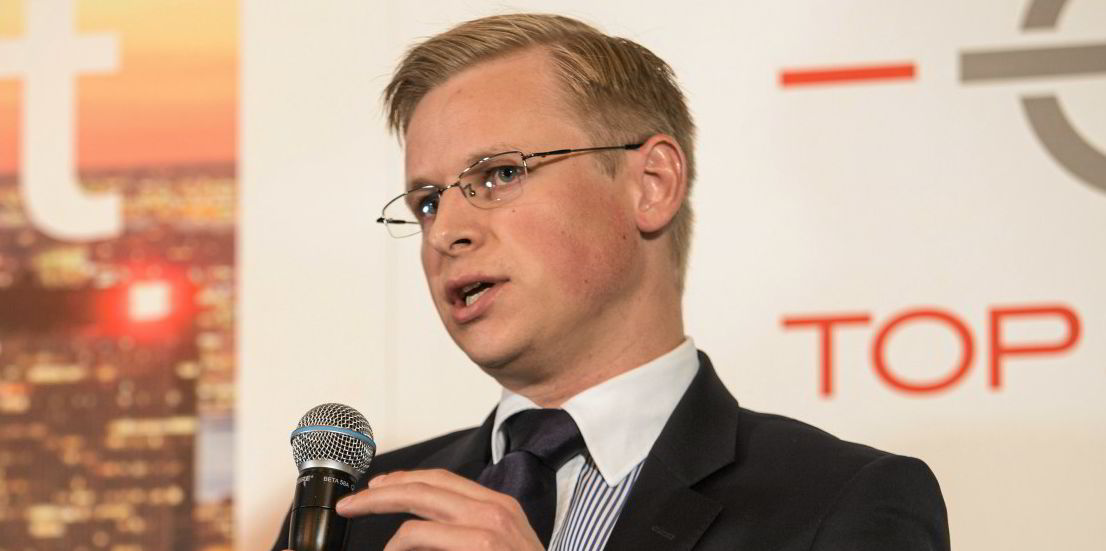
Scrapping to rise
"Newbuild contracting is still depressed, and we expect an elevated level of scrapping in the coming years due to a low earnings environment and vintage tonnage valuations approaching scrap value," they added.
The low orderbook of only 9% of the fleet means that the expected strong recovery in tanker demand from 2022 could quickly improve market fundamentals, Cleaves said.
Clarksons Platou Securities said that while the tanker sector remains pressured by broader Opec+ cuts, there are positive demand signals that indicate a healthy market is developing as the year progresses.
"Shipping equities gained over 10% last week with all segments making large gains, and even Saudi Arabia's 'surprise' 1m barrels oil production cut did little to impact the positive sentiment," the investment bank said.
Fearnley Securities cites VLCC spot rates at $10,700 per day from the Middle East to South Korea, down 28% from last month.
"Ex-Middle East Gulf, a lack of enquiry was further cemented by the expected increases in Opec volumes failing to materialise as Saudi Arabia once again resumed its swing producer role," Cleaves added.
Suezmax earnings posted a 53% decline last week, finishing at an "abysmal" $2,000 per day, according to Cleaves.
Net vessel supply growth was 0.4% in the final three months of 2020 and newbuilding deliveries hit 3.5m dwt.
Newbuilding splurge
The final quarter saw 9.2m dwt of new tankers ordered, the largest three-month figure since the start of 2018, as 20 VLCCs (6m dwt) were contracted at Hyundai Heavy Industries, mainly by domestic owners.
Newbuilding contracting thus came in 167% above Cleaves' 3.4m dwt forecast.
The investment bank is forecasting net supply growth of 3.6% in 2021, 1.8% in 2022 and 1.5% in 2023.
This year, 35% of deliveries should come in the first three months.
Negative effect
"Thus, we expect this delivery profile to have a profound negative effect on the tanker market balance during first quarter 2021 as newbuilding VLCCs are also able to carry clean oil products," the analysts said.
As stringent Covid-19 measures take effect, Cleaves is predicting global petroleum demand to average only 93.5m bpd in the first three months of this year, versus its 97.5m bpd forecast from October. Petroleum supply is forecast to average 92.3m bpd, down from the bank's previous estimate of 95.3m bpd.
"We expect the roll-out of vaccines to slowly improve the situation towards mid-2021, and leave our global petroleum demand forecast close to unchanged for the second half at 99.4m bpd," Hannisdahl and Christensen added.
"The temporary deterioration of petroleum inventory draw downs is, however, unfortunate, and we significantly reduce our global petroleum supply forecast up until end-2021 in order to rebalance the market. This has a profound negative impact on our oil tanker earnings forecast."
